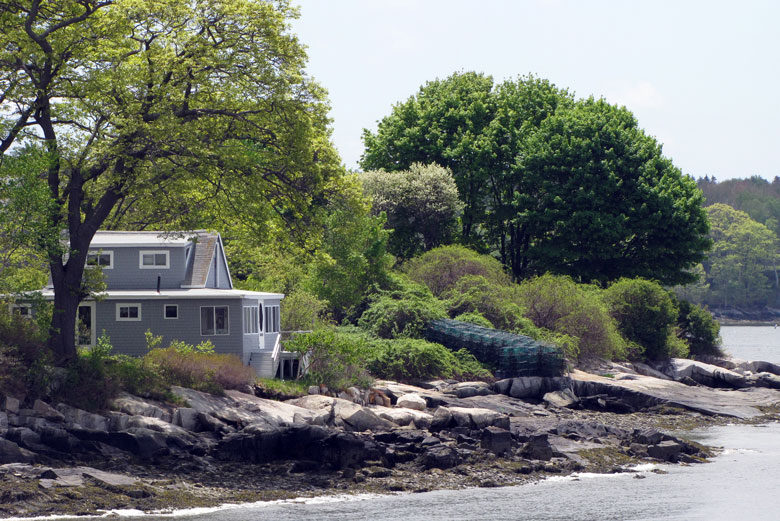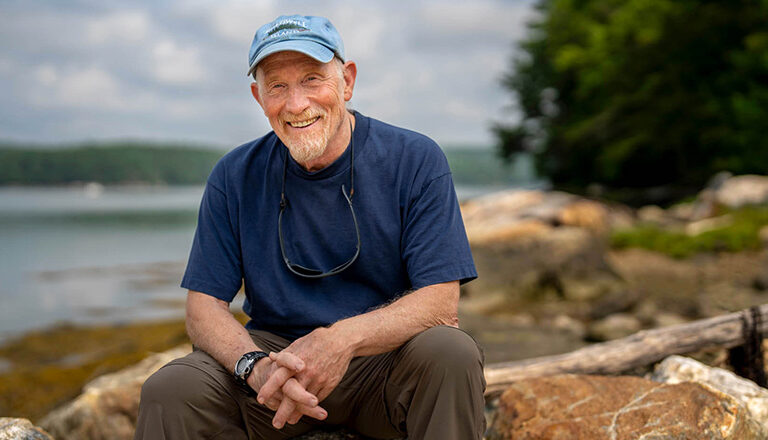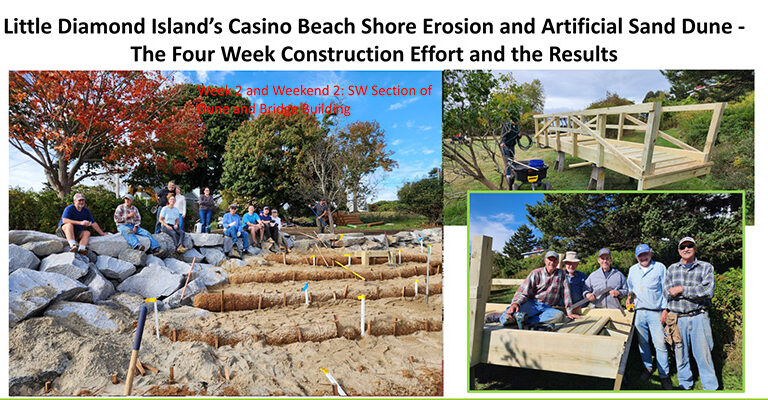Reflections is written by Island Institute Fellows, recent college grads who do community service work on Maine islands and in coastal communities through the Island Institute, publisher of The Working Waterfront.
As someone who has lived in cities most of my life, I took high-density housing as a given. Before moving to Peaks Island last fall, I lived in a 600-square-foot apartment in Brooklyn with two roommates, and a couple downstairs whose arguments served as my nightly alarm clock.
But as birdsong replaced blasting sirens, I have grown increasingly protective of the peace and quiet that one comes to expect on an island off the coast of Maine.
The housing market in Maine is ripe with tension. Maine is the most rural state in the nation, with 50% of its land area almost completely uninhabited. Concurrently, MaineHousing, the state housing agency, projects that the state needs as many as 84,300 new homes by the end of the decade to meet demand.
Building three units where there had been only one ruffled some feathers in the community…
The state faces a decision—how can we maintain the character of non-urban life while encouraging the building necessary to house the working- and middle-class people struggling to find consistent housing?
These questions are particularly pertinent on islands, where undeveloped land is limited and increasingly scarce. The land that remains available now fetches prices incompatible with the hope of building affordable housing.
Rather than building on vacant land, I argue we must find creative ways to use the land we’ve already built upon.
Last summer, Home Start, the affordable housing organization I work with on Peaks, acquired an abandoned, tax-foreclosed building on the island. With financing help from MaineHousing and the generosity of our community, we’ve developed three new energy “net-zero” units that will be rented out at below-market rates in perpetuity.
Building three units where there had been only one ruffled some feathers in the community; there were concerns about increased noise and light in the neighborhood. But for the most part, people were excited at the prospect of redeveloping an unused building.

The Home Start project is one of the first examples in Maine of redeveloping tax-foreclosed property. Density, as this project demonstrates, doesn’t always mean more or bigger buildings. Rather, it can simply mean more efficient use of space.
This use was enabled by Portland’s recent overhaul of its zoning ordinance. Zoning can be thought of as the blueprint for what you can and cannot do with land. It answers questions like how many units a lot can accommodate, how tall a building can be, and whether you can use a building to run a business or must keep it residential.
The rezoning of Peaks has opened new doors for development: lot coverage allowances (the percentage of your lot that can be built upon) were dramatically increased; single-family lots were rezoned to allow two-family homes and up to two accessory dwelling units (ADUs); and setbacks (the distance buildings must be from the street) were lowered.
While this rezoning allows for increased density, that doesn’t need to mean building bigger houses for the same or fewer people. Over the last 40 years, the average home size in the U.S. has increased by more than 1,000 square feet.
Simultaneously, the average household size has declined from 3.01 persons per household to 2.54.
I recently hosted a housing forum on Peaks in which only one person raised their hand when asked: who lives in a household with more than five people?
We are building more for fewer people. To balance the need for housing with the rural character of the state, we must first look to efficiently reuse what’s already there. In 2023, 15.7% of homes in Maine were seasonally vacant—a total of 116,844 empty houses. The crisis is not exclusively a lack of housing, but rather a lack of occupancy.
MaineHousing is currently piloting a program called Nesterly, through which older residents rent a room in their home at a subsidized rate in exchange for some help around the house. An increasing turn to programs like Nesterly and the adaptation of existing buildings makes one thing clear: we have enough buildings—we just have to figure out how to use them.
Mark Gorski works with Peaks Island Home Start, the island’s affordable housing non-profit. He had previously worked in the New York City’s office of management and budget in the community development unit.





